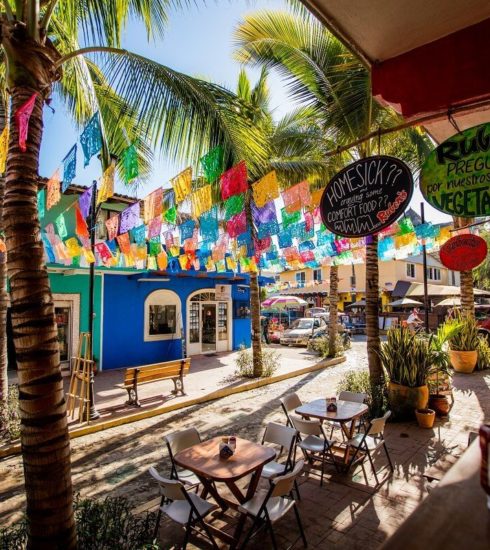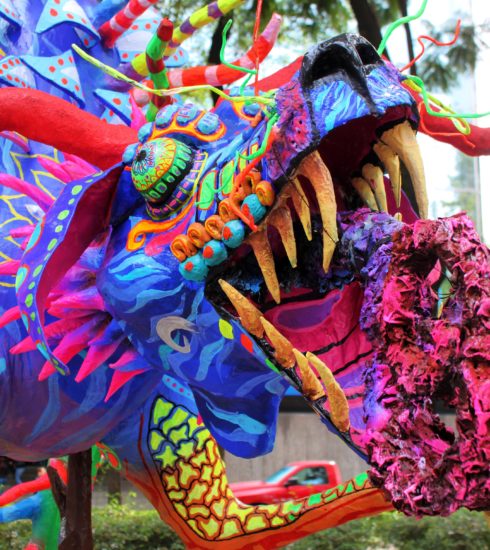The Mexican shawl as a symbol of identity and culture
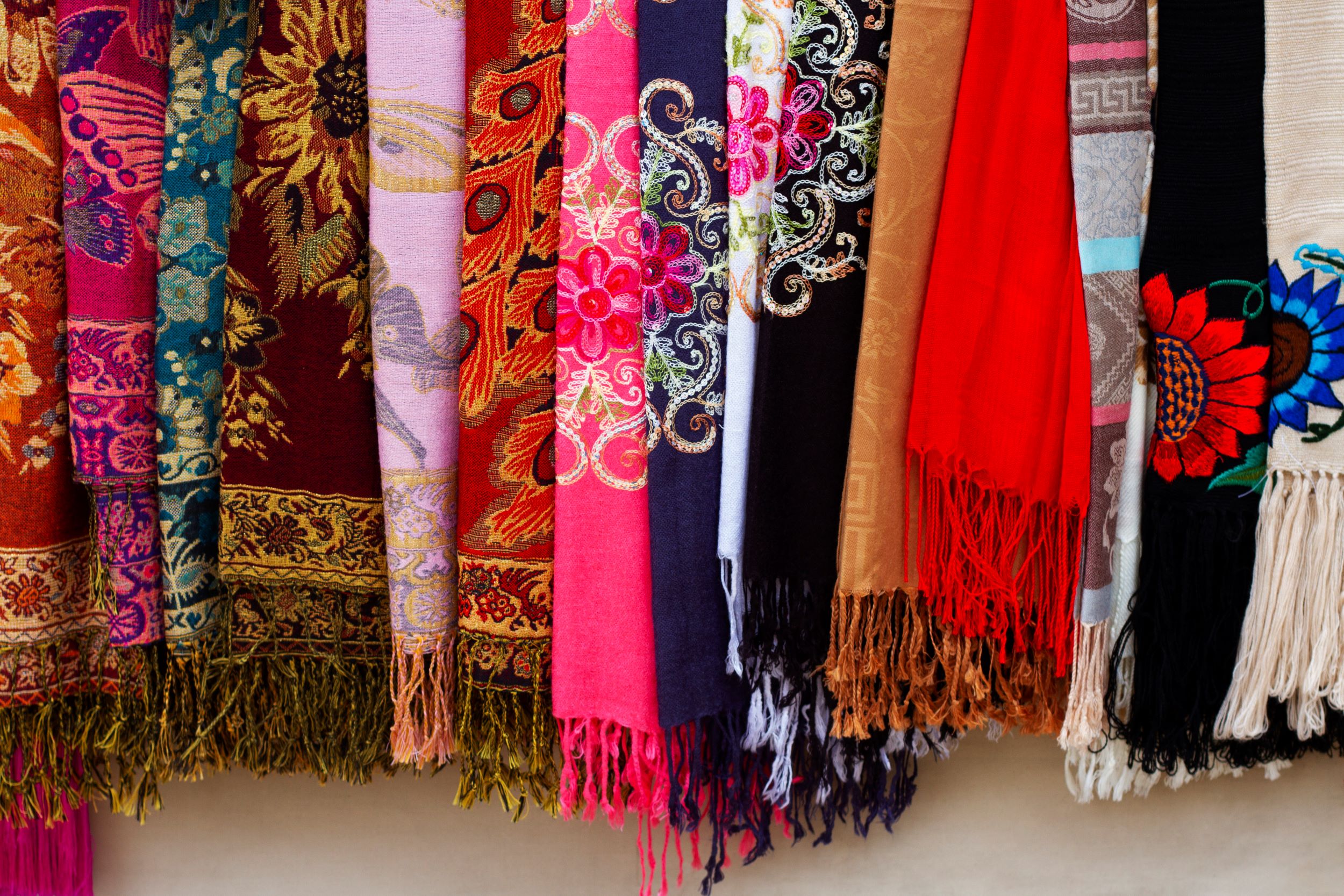
The shawl is one of Mexican women’s most iconic and representative garments. Recognized worldwide for its beauty and made from various materials such as cotton, wool, or silk, it is rectangular in shape, made of a single piece, and can measure between 5 and 10 ft in length. Currently, its use is diverse, whether as a shawl, for carrying babies, or for transporting useful items for everyday life, such as groceries. But do you know where it comes from? Keep reading to find out its history!
Cultural heritage
According to some historians, this garment has its origin in the “almaizar morisco,” a garment used by Arab women in Spain and whose shape was similar to that of the shawl. Its use was transferred to Spanish Christian women, who used it to cover their heads for religious reasons.
The arrival of the Spaniards to New Spain brought the shawl, among other goods and customs. It was then imposed as a garment of modesty for the women of the castes in New Spain – including mestizas, black women, and mulatto women. Thus, the Muslim almaizar was eventually adapted to New Spanish lands, becoming the shawl. It lost its religious connotation and became a social emblem for the women who wore it, and its production was mainly attributed to mestiza women for this reason.
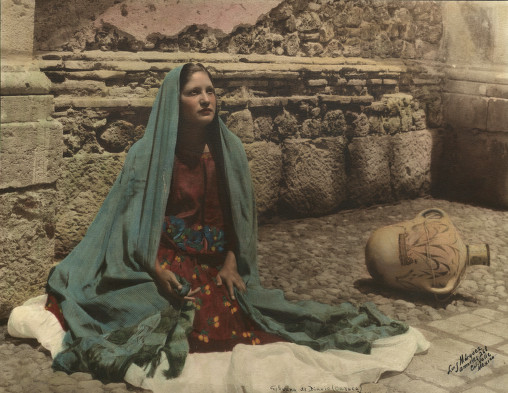
The use of the shawl spread and became widespread in New Spain, but indigenous women did not use it. Other head coverings were imposed on them by the friars, aiming to evangelize them and reserve the use of the shawl for women of the castes. Thus, after independence, these women continued to use it, gradually abandoning it, and by the late 19th century, indigenous women replaced their head coverings to incorporate the shawl into their attire.
The ‘Adelitas’ and the shawl
During the Mexican Revolution, the brave women present on the battlefield known as ‘Adelitas’ adopted it as part of their attire, crossed over the chest, making the most of its practicality to transport various items such as ammunition and cartridges. These women played fundamental roles in supporting the revolutionary soldiers, but above all, as nurses, so their shawls as a means of transporting items helped them carry out their tasks more effectively.
The shawl in contemporary society
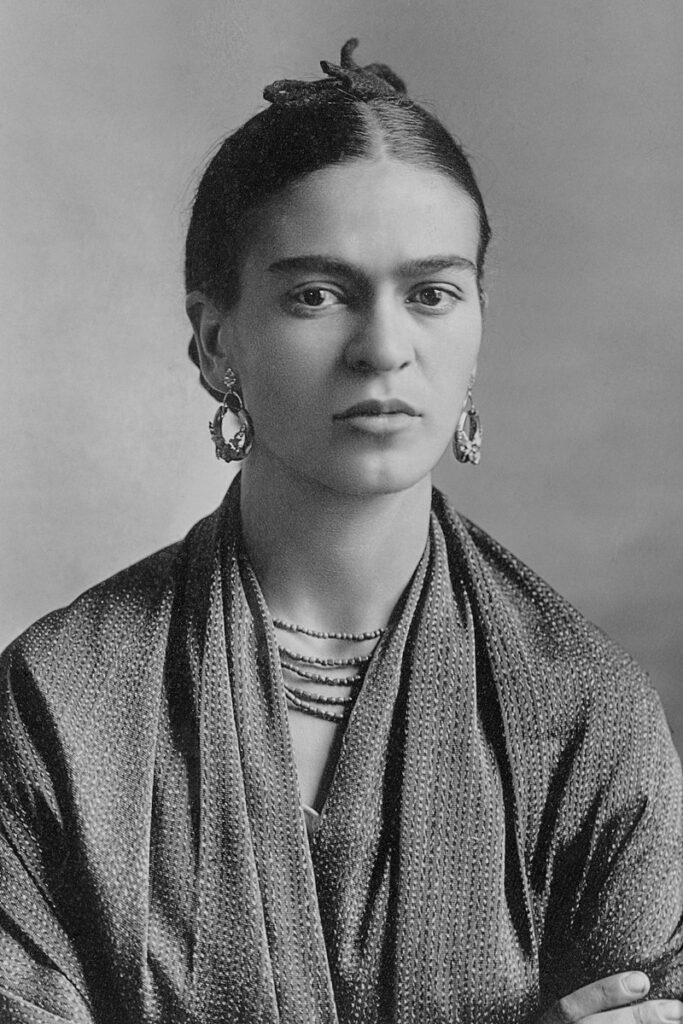
One of the most fascinating aspects is the glimpse into modern Mexico that this garment provides. The shawl was featured in a large number of films during the era of Mexican golden cinema, thus capturing and portraying the beauty in the construction of these traditional coverings, worn by artists such as the painter Frida Kahlo or the renowned actress María Félix. This turned the shawl into a fashion item beyond its utility as a means of transportation.
Thus, we come to the present day where its production in the municipality of Santa María del Río in San Luis Potosí is considered as a state’s intangible cultural heritage, with around 15 steps to make them, this process could take up to 4 months – without setbacks – resulting in beautiful and colorful artisanal and unique pieces.
And, do you have yours already?



